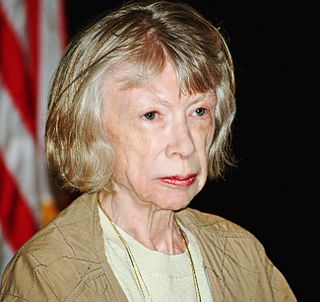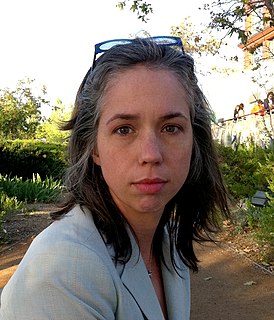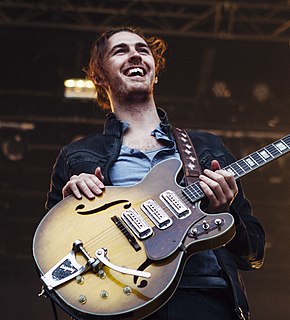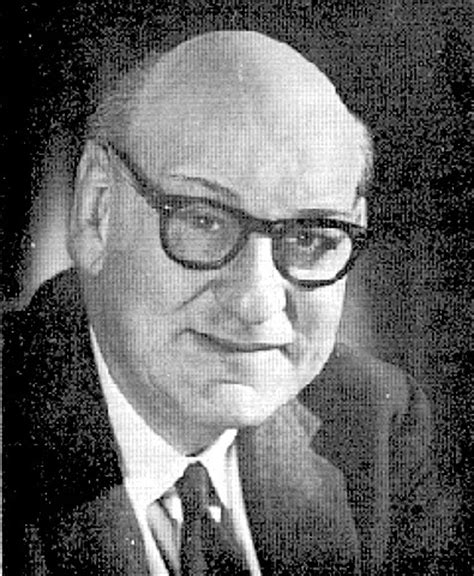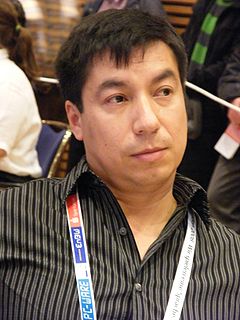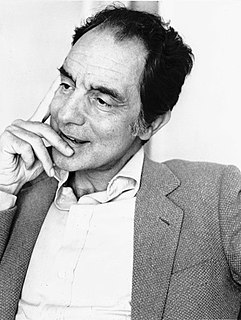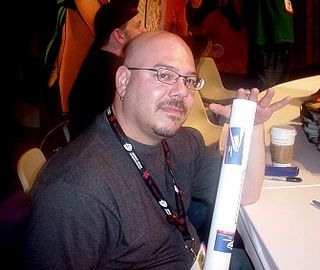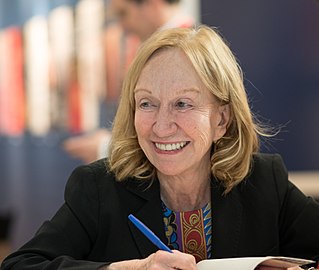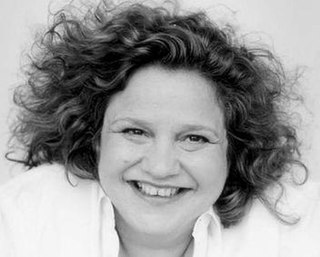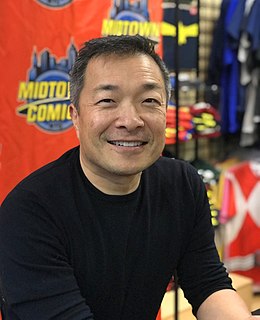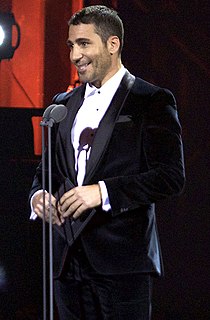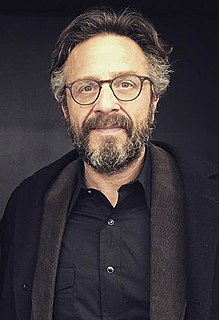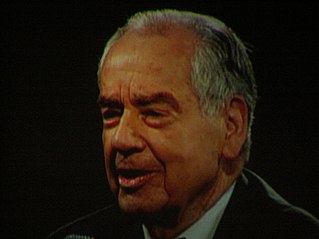A Quote by J. K. Rowling
I imagine them very clearly and then attempt to describe what I can see. Sometimes I draw them for my own amusement! (talking about her characters and scenes)
Related Quotes
Sometimes I'll be fifty, sixty pages into something and I'll still be calling a character "X." I don't have a very clear idea of who the characters are until they start talking. Then I start to love them. By the time I finish the book, I love them so much that I want to stay with them. I don't want to leave them ever.
It's a very, very interesting experience to be talking to people who are such icons in their own right. When Adele came to a show, I was just talking to her, and at the time, I thought, 'I'm just having a chat with somebody.' But then I heard myself say, 'Oh, I was talking to Adele the other day,' and it's as strange as you'd imagine.
I could distinguish the shape of her bosom, her arms, her thighs, just as I remember them now, just as now, when the Moon has become that flat, remote circle, I still look for her as soon as the first sliver appears in the sky, and the more it waxes, the more clearly I imagine I can see her, her or something of her, but only her, in a hundred, a thousand different vistas, she who makes the Moon the Moon and, whenever she is full, sets the dogs to howling all night long, and me with them.
If you get the characters right you've done sometimes nearly half the work. I sometimes find I get the characters right then the characters will often help me write the book - not what they look like that's not very important - what people look like is not about their character. You have to describe the shape they leave in the world, how they react to things, what effect they have on people and you do that by telling their story.
I very much write from characters. Those people start speaking, and then I have them in the house with me and I live with them. Then at some point, it's time to get them out of the house. You can only live with someone like Dr. Georgeous Teitelbaum from THE SISTERS ROSENSWEIG for so long, and then it's time for her to go. But it is very like having the company of these people and trying to craft them in some way into a story.
I have been very fortunate to see some very clearly excellent players play well to the very ends of their career, where they opted not to play anymore. I'm talking about Adrian Beltre. I'm talking about Torii Hunter. I'm talking about David Ortiz, Chipper Jones, Derek Jeter. These are players who decided, 'You know, I've had enough. That's good.'
I'm a self trained, autodidactic artist, so all I was ever trying to do was to draw as realistically as possible - but that's what comes out, because I don't really know how to draw! I think when I draw characters, I'm able to reduce them down to little marks that capture the most distinct elements of them.
You always have to speak good about the projects you do and you have to see the beauty in them. Sometimes you see them and you're happy with things, or maybe the process was nice and you enjoyed it, and you were happy with that. But when everything gathers - you liked the scripts from the very beginning, the directors, your friends - but then you see the result and you like it - it's beautiful.
I came upon whatever I'm doing organically. I didn't study anything. I don't have any real aspirations other than to connect with somebody, and to have the conversation be genuine. That's the best that can happen. Even if it only happens for 10 minutes in an episode. But I think what people forget is that you don't have to try to get a comedian to be funny. Comedians are innately funny. That the real challenge of talking to them is to get them talking about real things and then see where they need to be funny. And let them do that on their own volition.


